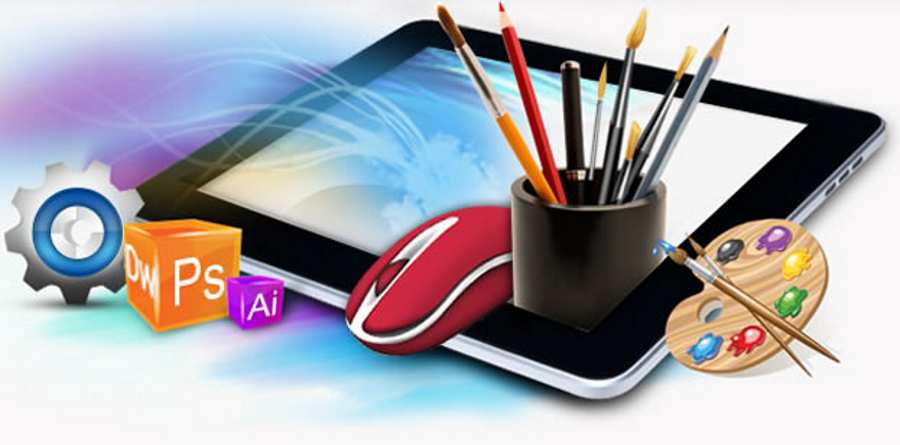Your writing has a distinct style. There is a way in which you shape the letter ‘a’ that is unique to you. This is true for every letter and number you write. Your writing style is formal and measured when you are writing a proposal for your company or filling a government form. It is totally different, very casual, when you write a love note to your spouse. It may turn chaotic when you are simply scribbling ideas on a notepad, post-its or a napkin. One way or the other your writing style changes depending on the application. Also, your style of writing differs from your friends’s, boss’s or spouse’s style. It is unique to you.
The same idea is captured in the digital world in the form of font. A particular font is suited for a particular application. E.g. sans serif fonts for websites, serif fonts for newspapers and mono space fonts to represent engineering codes or mathematical formulae. And then, there is one font that is good for you. It appeals to your taste or represents your character.
Let’s dive into the world of fonts in this post and find out how they work.
Continue reading “Learn the A-Z of fonts”

